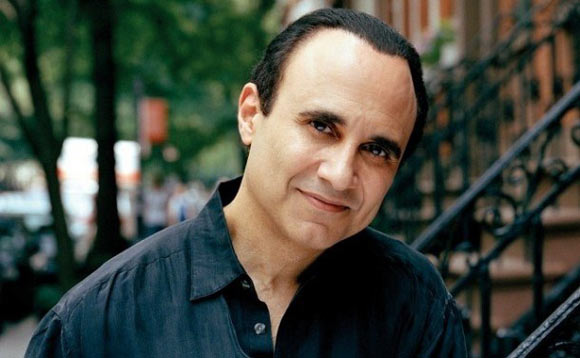
When it comes to pitch-perfect classical music, Michel Camilo is one pianist who has achieved this goal by defying all boundaries in Jazz, Latin and Classical music. His impeccable talent and music-composing ability has made him a renowned figure to look up to in the modern classical sense. Born in a musical family in Santa Domingo, Dominican Republic on April 4th, 1954, Camilo picked up the accordion first before becoming fascinated with the working mechanisms of the piano at the age of 9. What set apart Camilo’s remarkable ingenuity with compositions was his continuous effort to blend Caribbean music with traditional American jazz, and thereby juxtaposing astounding musical arrangements.
Camilo spent his early teenage years longing to buy his own piano and learning the cultural workings of Jazz music. To achieve this goal, he regularly practiced piano at the local conservatory until the age of 16, when he began performing with the National Symphony Orchestra. He spent nearly a decade at the National Conservatory, furnishing his piano skills and learning new compositional techniques previously demonstrated by his boyhood influences, such as Herbie Hancock, Keith Jarrett, Chick Corea and Bill Evans. Around the end of the 1970s, Camilo visited the United States for the first time, officially setting stage for what was to be a major stint with international acclaim. He appeared as guest pianist in 1983 at the Montreal Jazz Festival, before being introduced to Paquito D’Rivera and his band. He continued touring with him for the next 4 years, producing two collaborative albums along the way. The years following 1985 marked a crucial point in Camilo’s career, as he demonstrated his talents on a wider international platform. In 1985, he went on to tour in many more countries with his band, which was essentially a trio at the time. With the success piling up, he produced his debut solo album Why Not? (1985), contributing to rising prominence and popularity with record labels that were increasingly envisaging considerable profits in Camilo’s career.
In 1988, Michel Camilo produced a self-titled album under the Sony label, soon becoming a bestseller and maintaining a top ten place on the Jazz album charts for a period of 3 months. This album was a landmark in attracting popular musicians to collaborate with Camilo, some of these artists included Eddie Palmieri, Jon Faddis, Chuck Loeb, Giovanni Hidalgo and many more. Camilo’s desire to spread the meaning in his music and continuing producing Jazz albums did not fade away in the coming years, with the 1990s featuring some massive hit arrangements. Some of these included collaborations with bassist Anthony Jackson and drummer Dave Weckl, the album being Rendezvous (1993). He also took to compose soundtracks for films in the 1990s, with the likes of Amo Tu Cama Rica (1991) and Two Much (1996) making center stage. Perhaps what Camilo is most remembered for is his work with flamenco guitarist Tomatito on a classic Jazz album called Spain (2000). This collaboration top charted most billboards long enough to win the Best Latin Jazz Album award. Soon after, he worked on a piano concerto he performed with Leonard Slatkin and the BBC Symphony Orchestra in 2002. Some of his latest works include the trio album Mano a Mano (2011) with percussionist Hidalgo and bassist Charles Flores, before taking on a massive world tour around the same date.